Technological Solutions to Combat Light Pollution in Astronomy
Written on
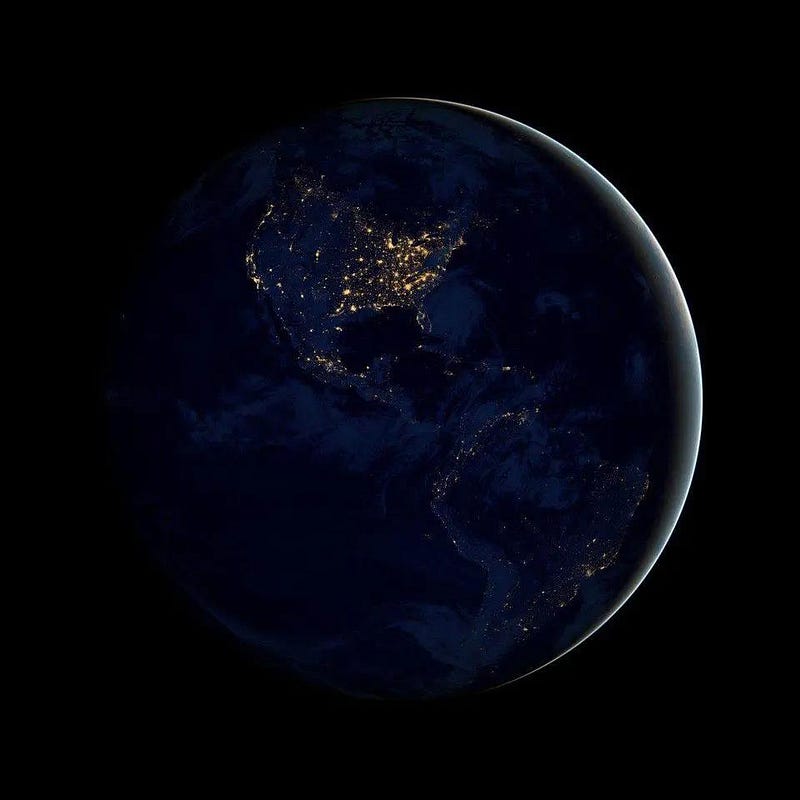
Can technology save astronomy from light pollution?
With the rise of brighter LED lights and an increase in satellite numbers, astronomy faces significant challenges.
For much of human history, a clear, moonless night brought forth a breathtaking display of stars, the Milky Way, and faint nebulas. However, today, most people gazing at the night sky would see only a handful of stars, overshadowed by the intense glow of artificial nighttime lighting. Even those in less populated, darker areas are not immune, as the number of satellites reflecting light into the atmosphere is on the rise.
This surge in light pollution disrupts both human and animal behavior, but it poses a particularly grave concern for astronomers. The field relies heavily on detecting faint celestial objects, and increased light pollution, especially from bright satellite trails, compromises scientific quality. As major ground-based observatories like the Vera Rubin Observatory and the European Extremely Large Telescope near completion, the escalating light pollution threatens the future of astronomical research. With low-Earth orbit satellites expected to multiply and nighttime brightness increasing by nearly 10% annually, relying solely on regulatory measures seems insufficient. However, three promising technological strategies may aid astronomers—both amateur and professional—in navigating these challenges.
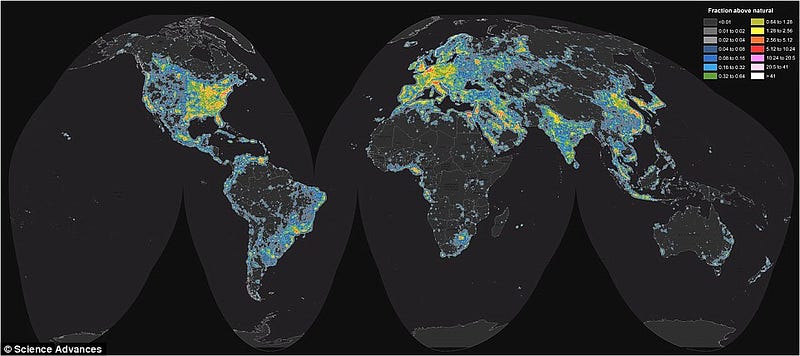
Major Concern #1: Light Pollution
Across the globe, few locations remain untouched by artificial lighting at night. Urban areas, highways, and infrastructure are all illuminated, providing safety and allowing nighttime activities. Even remote ocean areas, once dark, are now lit by fisheries. As a result, finding genuinely dark skies has become increasingly difficult, rendering many historical observatories ineffective due to their proximity to bright lights.
The situation has worsened with the advent of LED lighting. While energy-efficient, these lights have significantly increased the amount of visible light escaping into space. Much of this illumination is "wasted," shining upwards rather than downwards, making only the brightest stars visible from populated regions in North America and Europe.
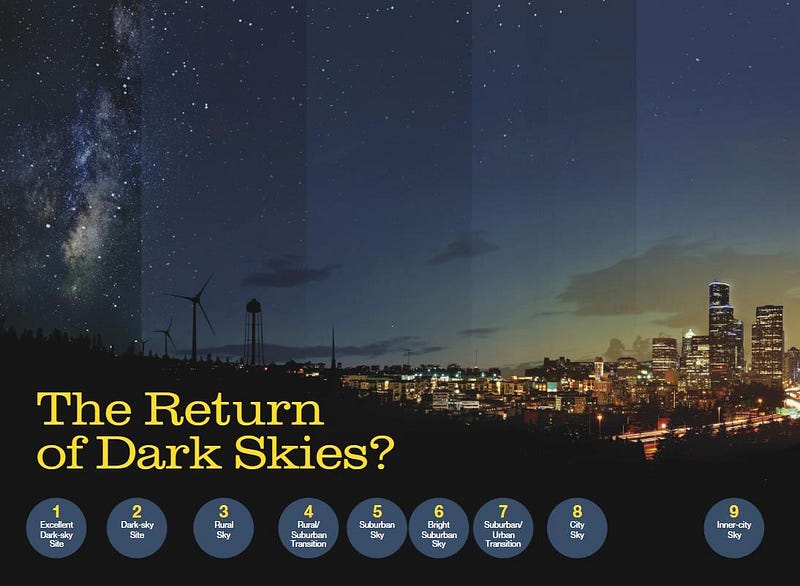
Astronomers have attempted to counteract light pollution by retreating to the few remaining dark-sky locations and collaborating with local communities to create sanctuaries. Ideal sites for optical astronomy are characterized by:
- High altitude and elevation
- Proximity to the Earth's equator
- Dry, stable, and largely cloud-free air
- Significant distance from major light pollution sources
- Local populations that have implemented measures to safeguard dark skies
Based on these criteria, the summit of Mauna Kea in Hawaii ranks as the best location, followed by sites in the Andes and the Canary Islands. Yet, many once-ideal locations have been compromised by urban development and surrounding light sources, making them less viable for advanced astronomical research.
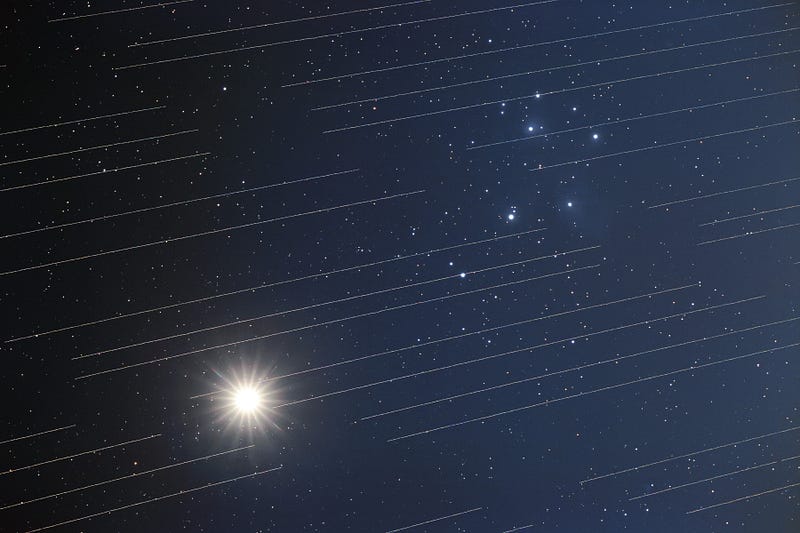
Major Concern #2: Satellite Pollution
Until 2019, the number of active satellites was manageable, with fewer than 2,000 in orbit, most of which were small and faint. The Hubble Space Telescope and the International Space Station were exceptions, but their visibility was limited. This changed dramatically with the launch of SpaceX’s Starlink satellites, introducing thousands of new satellites into low-Earth orbit. As of November 15, 2023, around 9,000 active satellites exist, with Starlink accounting for over 5,000, raising concerns about potential orbital collisions. Many of these satellites are now barely visible, yet they leave bright trails in astronomical imagery, complicating observations.
The current strategies for mitigating satellite pollution have been largely ineffective. By 2021, about 5% of Hubble images showed satellite streaks; this figure rose to nearly 10% in 2023. Ground-based observations fare even worse, as long exposures capture faint details but are often marred by streaks. Software solutions provide limited relief, failing to address the hardware impacts of streaks. Furthermore, upcoming wide-field telescopes like the Vera Rubin Observatory will inevitably be affected, as there is no comprehensive plan to avoid satellite interference.
Despite the challenges, there are emerging technological solutions that could improve the situation.

Intervention #1: Enhanced Lighting Fixtures
Surprisingly, one of the simplest remedies lies in regulating lighting fixtures, a practice adopted by only a few cities such as Tucson, Arizona. Many public lighting setups prioritize brightness over proper illumination. Effective lighting should ensure visibility of surroundings without scattering light into the sky. Research indicates that replacing standard fixtures with downward-focused designs can significantly mitigate light pollution while maintaining area visibility. However, this low-cost solution has yet to see widespread adoption.
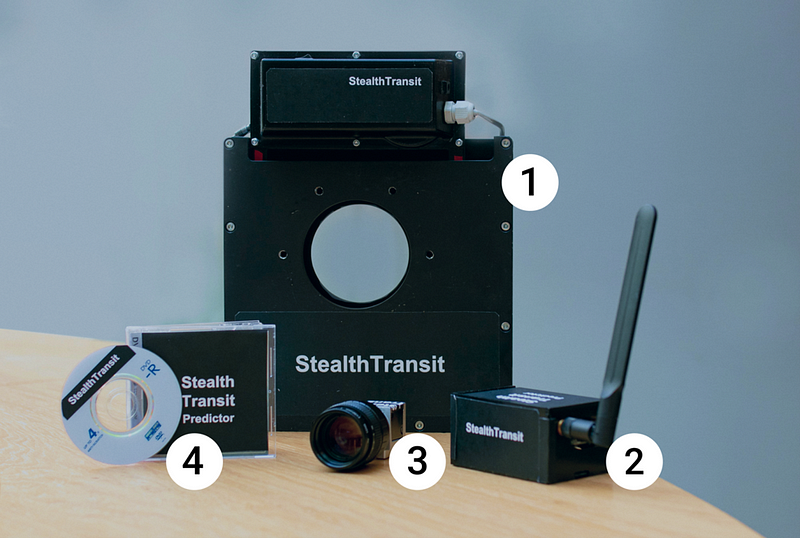
Intervention #2: High-Speed Shutters
A novel approach to combat satellite pollution involves using high-speed shutters. This technology would allow telescopes to:
- Detect incoming satellites within the field of view,
- Close the shutter to block reflected light,
- Reopen once the satellite passes.
Although this would cause a temporary data loss, it would prevent hardware saturation and preserve the integrity of observations. A company called StealthTransit has developed a system that scans a broader area to identify streaking satellites, enabling real-time shutter adjustments to eliminate their impact.
This technology is largely feasible for smaller telescopes, but larger professional telescopes will require further advancements to fully implement it. The increasing number of satellites necessitates adaptive solutions, as estimates suggest a 20% increase in observation time for facilities like the Vera Rubin Observatory due to these challenges.
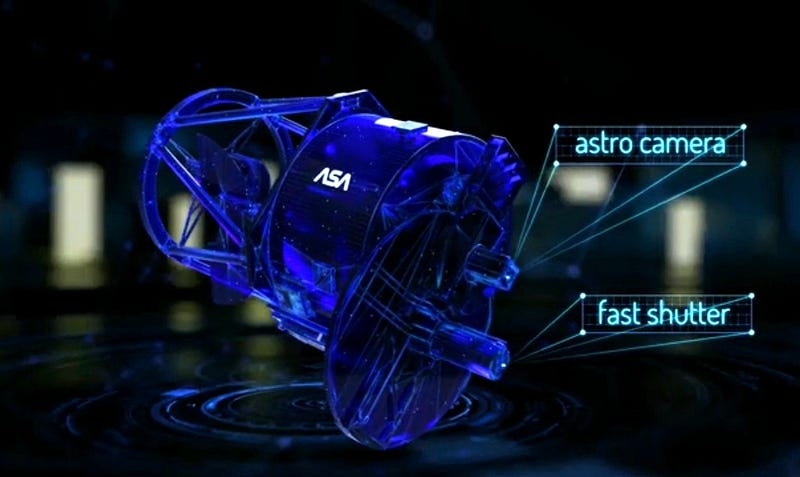
Intervention #3: Pulsed Lighting and Shutter Integration
Modern artificial lighting, especially LED and fluorescent types, flickers at high frequencies, which is largely imperceptible to the human eye. By synchronizing lights across a region to flash in unison, telescopes could potentially mitigate light pollution. The Dark Sky Protector system, developed by StealthTransit, proposes coordinating street and other lights to flicker together, allowing telescopes to capture high-quality data even in light-polluted areas.
As noted by Vlad Pashkovsky, CEO of StealthTransit, the primary barrier to implementing this technology is the lack of reliable high-speed shutters with minimal optical losses. With successful tests showing that astronomical observations can be protected from various light sources, the potential for coexistence between observatories and urban environments is promising.
In conclusion, as astronomers face the dual challenges of ground-based light pollution and the growing number of satellites, innovative technological solutions offer hope for preserving the integrity of astronomical research.